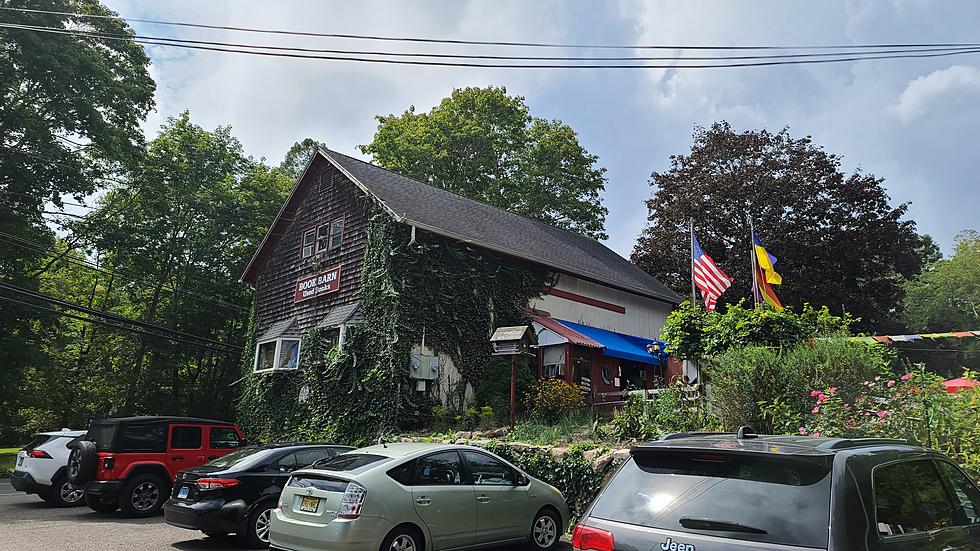
Emerald Ash Borer Beetle (EAB) Quarantine Expanded In CNY
Emerald Ash Borer (EAB) Restricted Zones have been expanded by the Department of Environmental Conservation (DEC) and merged into a single Restricted Zone in an attempt to slow the spread of this invasive beetle.
New York State Agriculture Commissioner Richard A. Ball hopes that by expanding the Restricted Zones will help ensure that EAB and potentially infested ash wood does not leave the quarantine areas. Human-assisted movement is the primary means by which EAB is spread and moved around the state, particularly on firewood
EAB was first discovered in the U.S. in 2002. This Asian beetle infests and kills North American ash species (Fraxinus sp.) including green, white, black and blue ash. All native ash trees are susceptible.
The new EAB Restricted Zone includes part or all of Albany, Allegany, Broome, Cattaraugus, Cayuga, Chautauqua, Chenango, Chemung, Columbia, Cortland, Delaware, Dutchess, Erie, Genesee, Greene, Livingston, Madison, Monroe, Niagara, Oneida, Onondaga, Ontario, Orange, Orleans, Oswego, Otsego, Putnam, Rensselaer, Rockland, Saratoga, Schenectady, Schoharie, Schuyler, Seneca, Steuben, Sullivan, Tioga, Tompkins, Ulster, Wayne, Westchester, Wyoming, and Yates counties. The EAB Restricted Zone prohibits the movement of EAB and potentially infested ash wood. The map is available on DEC's website.
EAB larvae can be moved long distances in firewood, logs, branches, and nursery stock, later emerging to infest new areas. These regulated trees may not leave the Restricted Zone without a compliance agreement or limited permit from the Department of Agriculture and Markets.
Regular monitoring efforts detected the beetle in Rome last July. EAB is a small but very destructive beetle with four life stages: adult, egg, larva and pupa. The adult beetle has a shiny emerald green body with a coppery red or purple abdomen measuring 1/2 inch long and 1/8 inch wide. Once an ash tree is infested, most of the canopy will be dead within two years. Tiny larvae bore through the bark and into the cambium – the area between the bark and wood where nutrient levels are high. The larvae feed under the bark for several weeks, usually from late July or early August through October.
For more information about EAB or the emergency orders, please visit DEC's website. If you see signs of EAB attack on ash trees outside of the Restrictive Zone, please report these occurrences to the DEC's Forest Health Information Line toll-free at 1-866-640-0652.
Bonus Video:
More From 96.1 The Eagle







